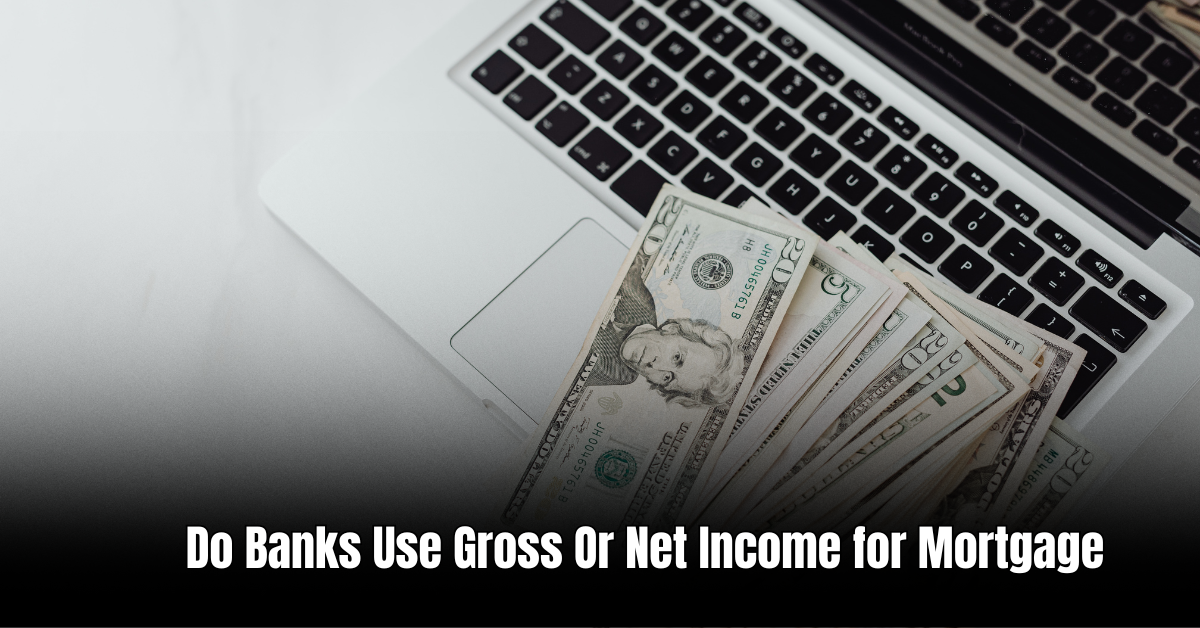Buying a home is an exciting milestone in anyone’s life. However, it can also be a daunting process, particularly when it comes to finding the right mortgage for your needs. With so many options available, navigating the mortgage market can be overwhelming. But fear not! In this article, we’ll guide you through the process of shopping for a mortgage, helping you make an informed decision.
1. Assess Your Financial Situation
Before you start shopping for a mortgage, it’s important to assess your financial situation. Determine your budget by evaluating your income, expenses, and available savings. Understand your credit score and credit history, as this will impact the mortgage options available to you. This self-assessment will give you a clear idea of what you can afford and help you find the right mortgage product.
2. Research Mortgage Options
Once you have a clear understanding of your financial situation, it’s time to research mortgage options. Compare different types of mortgages, such as fixed-rate mortgages and adjustable-rate mortgages. Consider the pros and cons of each option and how they align with your short-term and long-term financial goals. Look for lenders who offer competitive interest rates and favorable terms.
3. Get Pre-Approved
Getting pre-approved for a mortgage is a crucial step in the shopping process. It involves providing financial information to a lender who will then assess your creditworthiness and determine how much they are willing to lend you. Pre-approval will give you a clear idea of your budget and strengthen your position when making an offer on a property.
4. Compare Interest Rates
Interest rates play a significant role in the overall cost of your mortgage. Take the time to compare interest rates from different lenders. Even a slight difference in interest rates can result in substantial savings over the life of your loan. Use online mortgage calculators to understand how interest rates impact monthly payments and the total cost of the loan.
5. Consider Additional Costs
When shopping for a mortgage, it’s crucial to consider additional costs beyond the principal and interest payments. These costs may include closing costs, origination fees, private mortgage insurance, and property taxes. Factor in these expenses when comparing different mortgage offers to get a comprehensive understanding of the total cost of homeownership.
6. Read and Understand the Terms
Before finalizing a mortgage agreement, carefully read and understand the terms and conditions. Pay attention to the length of the loan, prepayment penalties, any potential rate adjustments, and other clauses that may impact your financial obligations. If you have any questions, don’t hesitate to seek clarification from your lender.
7. Seek Professional Advice
When in doubt, seek advice from professionals. A mortgage broker or a financial advisor can provide valuable insights and help you navigate the complexities of the mortgage market. They have expertise in finding the best deals and can guide you through the entire process, ensuring you make an informed decision.
8. Apply for the Mortgage
Once you have done your research, compared options, and sought advice, it’s time to apply for the mortgage. Gather all the necessary documents, including pay stubs, tax returns, and bank statements. Fill out the application accurately and provide any additional requested information promptly. Stay in touch with your lender to ensure a smooth and timely approval process.
9. Lock in the Rate
If you find an interest rate that you are comfortable with, consider locking it in. Mortgage rates fluctuate daily, and by locking in a rate, you protect yourself from potential rate increases. Rate lock periods typically range from 30 to 60 days, giving you ample time to complete the closing process.
10. Close the Mortgage
Finally, once your mortgage is approved, it’s time to close on your loan. Review all the final documents carefully and ensure that all your questions are answered. Pay attention to details, sign the necessary paperwork, and transfer the required funds. Congratulations on your new home!
Remember, shopping for a mortgage is a process that requires time, effort, and careful consideration. By assessing your financial situation, researching mortgage options, and seeking professional advice, you’ll be well-equipped to make the best decision for your homebuying journey!
Frequently Asked Questions On How Do I Shop For A Mortgage : Simplifying The Process
How Do I Shop For A Mortgage?
To shop for a mortgage, research lenders, compare interest rates and loan terms, gather important documents, and get pre-approved before house hunting.
What Factors Should I Consider When Choosing A Mortgage?
When choosing a mortgage, consider interest rates, loan terms, closing costs, down payment requirements, and the lender’s reputation and customer service.
How Does My Credit Score Impact The Mortgage Shopping Process?
Your credit score affects the interest rate you can get, so it’s crucial to maintain good credit and review your credit report for any errors before applying for a mortgage.
Should I Get Pre-approved For A Mortgage Before House Hunting?
Yes, getting pre-approved for a mortgage gives you a clear understanding of the loan amount you qualify for, making your house hunting process more efficient and focused.
Ismail Hossain is the founder of Law Advised. He is an Divorce, Separation, marriage lawyer. Follow him.




Leave a Reply